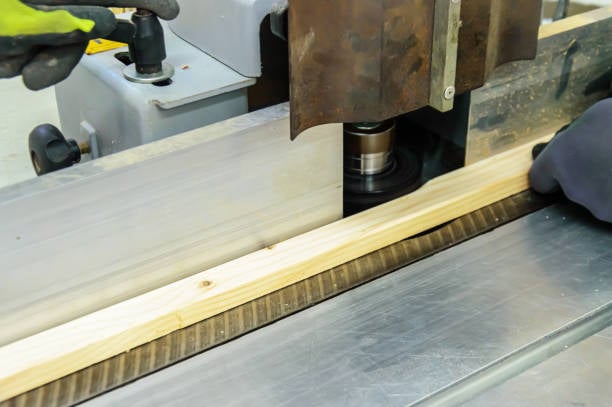Choosing the Right blades for a reciprocating saw
Reciprocating saws are versatile power tools that are commonly used for demolition work, cutting through various materials such as wood, metal, and even masonry. One of the key factors that determine the performance of a reciprocating saw is the blade it uses. In this article, we will explore the different aspects of blades for a reciprocating saw and provide you with valuable insights to help you make an informed decision when choosing the right blade for your specific needs.
1. Understanding the Basics of Reciprocating Saw Blades
Before diving into the specifics of choosing the right blade, it is important to understand the basics. Reciprocating saw blades are typically made from high-quality steel or bi-metal, which combines high-speed steel teeth with a flexible spring steel body. These blades feature a unique tooth design that enables them to cut through a wide range of materials with ease.
2. Consider the Blade Length
The length of the blade is an important factor to consider, as it determines the depth of the cut you can achieve. Longer blades are ideal for cutting through thick materials, while shorter blades offer more control and precision. When selecting a blade length, consider the thickness of the material you will be cutting and choose a blade that extends beyond it by at least one inch.
3. Matching the Blade to the Material
Reciprocating saw blades come in different designs, each tailored for specific materials. For cutting through wood, opt for blades with fewer teeth per inch (TPI) for faster cuts, while blades with more TPI are better suited for cutting through metal. Additionally, there are blades specifically designed for cutting through masonry and other tough materials. Make sure to choose a blade that matches the material you will be working with to achieve optimal results.
4. Consider the TPI and Tooth Design
The number of teeth per inch (TPI) and the tooth design greatly affect the cutting performance of a reciprocating saw blade. Blades with lower TPI are ideal for aggressive, rough cuts, while higher TPI blades provide smoother, more controlled cuts. The tooth design can also vary, with some blades featuring a straight tooth pattern for faster cuts and others having a variable tooth pattern for improved cutting efficiency.
5. Assessing Blade Flexibility
Flexibility is another important factor to consider when choosing a blade for a reciprocating saw. A flexible blade can bend and adapt to the contours of the material being cut, allowing for more precise and controlled cuts. On the other hand, a stiffer blade is better suited for cutting through thick and dense materials. Consider the type of material you will be working with and choose a blade with the appropriate level of flexibility.
6. Choosing between Straight Blades and Curved Blades
Reciprocating saw blades come in two main types: straight blades and curved blades. Straight blades are the most common and versatile option, suitable for a wide range of cutting tasks. Curved blades, on the other hand, are designed for making curved cuts and are particularly useful in applications such as plumbing and electrical work. Choose the blade type based on the specific requirements of your project.
7. Exploring Specialized Blade Features
Some reciprocating saw blades come with specialized features that enhance their performance. For example, there are blades with carbide tips for increased durability and extended blade life. There are also blades with aggressive tooth designs for faster cutting speeds, as well as blades with anti-stick coatings to reduce friction and prevent the blade from getting stuck in the material. Consider these additional features based on your specific needs.
8. Understanding Blade Shank Types
The shank is the part of the blade that fits into the reciprocating saw and holds it securely in place. There are two main types of blade shanks: universal shanks and tang shanks. Universal shanks have a T-shaped design and are compatible with most reciprocating saws, making them a versatile option. Tang shanks, on the other hand, have a straight design and are typically used with older or lower-end models of reciprocating saws. Ensure that the blade you choose is compatible with your saw's shank type.
9. Considering Blade Price and Durability
When choosing blades for a reciprocating saw, it is important to consider both the price and the durability of the blades. While it may be tempting to opt for cheaper blades, they may wear out quickly and require frequent replacements. Investing in higher-quality blades may cost more initially, but they tend to last longer and provide better performance. Consider your budget and the expected lifespan of the blade to make the best decision.
10. Safety Precautions and Maintenance
Lastly, it is crucial to prioritize safety when using a reciprocating saw. Always wear appropriate safety gear, such as safety glasses and gloves, to protect yourself from potential hazards. Additionally, regularly inspect your blades for any signs of wear or damage, and replace them as needed. Proper maintenance, including cleaning and lubricating the blades, can also help prolong their lifespan and ensure optimal performance.


